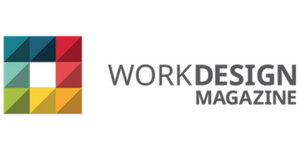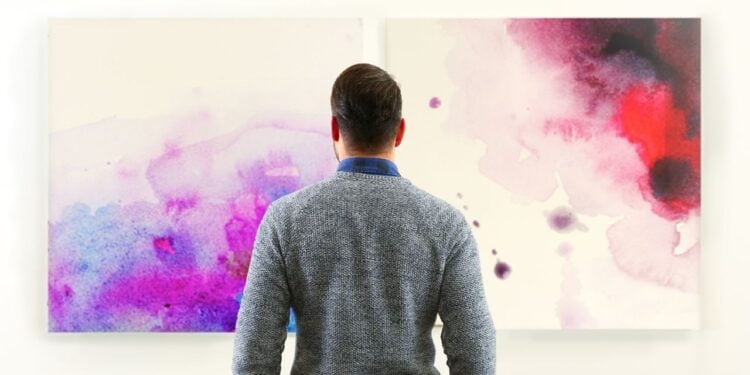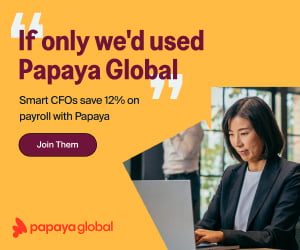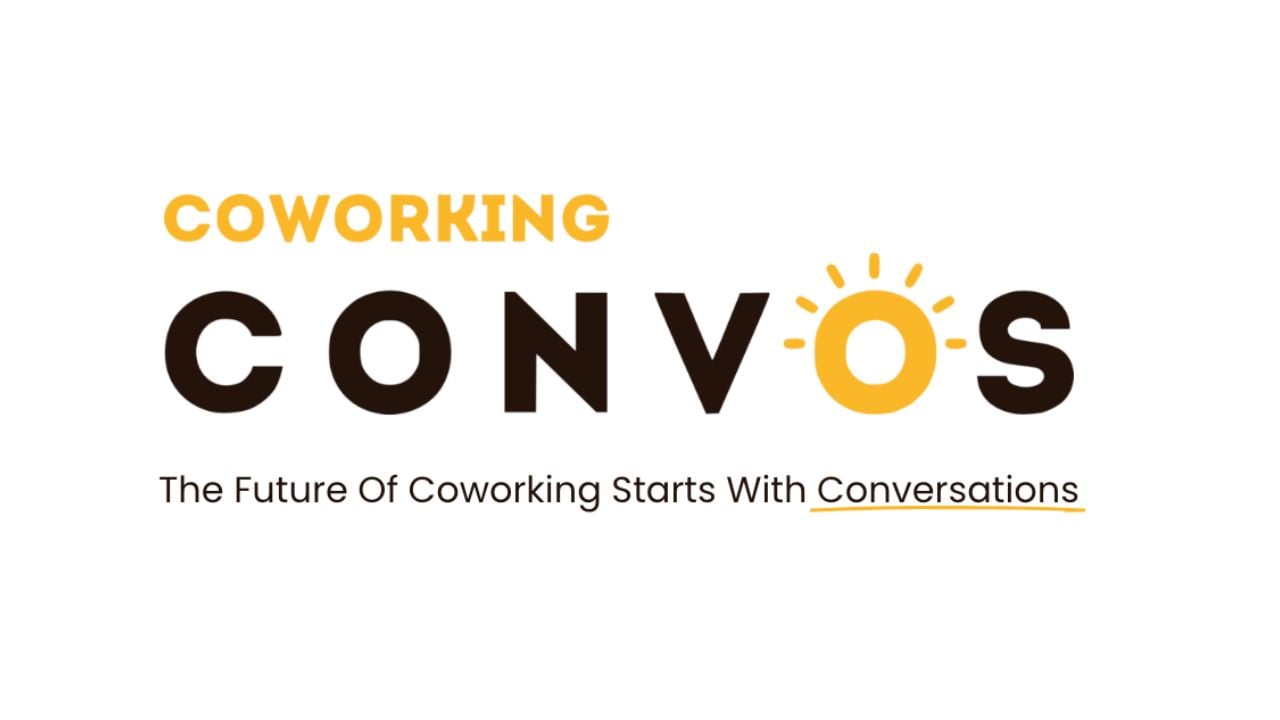- Art in the office improves mental health, reduces stress, and fosters a sense of community and cultural cohesion, making the workplace more enjoyable and collaborative.
- Featuring diverse artists and artwork that reflect varied backgrounds promotes inclusivity, multiculturalism, and reinforces organizational values and commitments to culture.
- Allowing employees to have input in art selection and placement provides a sense of agency and ownership, which is linked to increased professional performance and job satisfaction.
This article was written by PLASTARC and ArtLifting for Work Design Magazine.
Amongst many creative methods that companies use to inspire a return to the physical office, well-curated art is especially effective at deepening workers’ sense of community.
Physical art and the physical office both offer many benefits that their virtual equivalents cannot, including site-specificity, tactile immediacy, and an opportunity for embodied interpersonal connection. Used in concert with one another, the two can go a long way towards fostering a sense of community and shared purpose within an organization.
In fact, over the course of the past 15 years, several studies conducted across the U.S. and Europe have demonstrated how the positive influence of art in the physical workplace can – and does – enhance employees’ daily experience and performance.
As one of the core components of any complete multisensory design, art serves to promote a sense of culture amongst everyone, from those who spend most of their week in the office to those who will only ever visit a handful of times. And by specifically featuring works by artists of diverse backgrounds, including those with disabilities, organizations can activate those artists’ personal stories to foster a workplace culture marked by accessibility and inclusion.
In this article, experts from PLASTARC and ArtLifting explain the several, often unseen benefits that art (and its many stories) can have in the office, before providing a few simple tips on how to maximize those benefits through thoughtful curation.

Art’s Unique Ability To Cultivate Joy & Connection
Attracting workers out of their homes and into the office on a regular basis is almost never a straightforward task: the comfort of home, the convenience of remote work, and the dreaded commute can all make coming into the office seem like a tall order. Infusing the physical office with a sense of collective joy, then, becomes a key component of any return-to-office strategy.
If workers associate the office with a sense of discovery, community-building, and creative exploration, they’re far more likely to want to come in.
Art’s rehabilitative influence in hospitals is already widely known and documented, but it also has a similar impact on everyday workplaces: numerous studies like this one have shown that employees’ mental health and well-being is demonstrably improved when offices feature aesthetically engaging art.
Instead of negatively associating the office with feelings of stress or tension, workers who regularly encounter artwork while in the office can restore their mental energy and reduce stress. When in a workplace that actively showcases creativity, workers can start to associate their office with more than just obligations and deadlines.
Instead of negatively associating the office with feelings of stress or tension, workers who regularly encounter artwork while in the office can restore their mental energy and reduce stress.
They’re also more likely to feel cooperative and open to considering other points of view. A more collaborative and enjoyable workspace – one that workers actually enjoy going to – emerges.
Art In Action – PwC Miami Office
At PwC’s Miami offices, an expansive mural designed by artist Quána Madison lines the walls of the hallways and an open communal space. The mural, which features a panoply of swirling pastels and abstract shapes, was, in Madison’s words, originally conceived “as a visual reminder to practice gratitude and to cultivate joy in meaningful ways everyday” – its impact on the PwC office community is very much in line with this vision.
Surrounded by Madison’s gentle, understated brushstrokes, employees can situate themselves in the hallways and commonspace to socialize, relax, and collaborate.
As a direct result, PwC’s Miami office is suffused with a strong sense of company culture and joyful spontaneity amongst in-person workers. Madison herself experienced this when she came down to the office to lead a meditation workshop for the PwC Miami team – the sense of connection and community amongst workers was hard to miss.

Artwork Deepens Organizational Values & A Sense Of Place
Working in a hybrid environment, where employees may be spread across the world and hardly ever see each other, can sometimes chip away at employees’ sense of cultural cohesion. Many organizations are opting to rely primarily on in-person work for exactly this reason, but a physical office that’s sterile and nondescript could still fail to cultivate a sense of connection.
Physical office that’s sterile and nondescript could still fail to cultivate a sense of connection.
In order to fully tap into the personal and cultural benefits of in-person work, organizations must pay careful attention to office design. Though it’s just one of many steps towards designing a healthier, happier office, impactful art goes a long way towards turning in-person work from a necessary sacrifice to a strong preference.
Amidst many options for addressing branding and company culture through the workspace, art helps communicate key brand messages and cultural commitments to employees and visitors alike.
An organization that displays experimental artwork, for instance, could be cultivating a workplace in which workers feel empowered to explore unconventional, innovative solutions to classic problems; a collection of artworks that is sourced from various ethnic traditions can signal an expansive multiculturalism; and paintings by living artists from underrepresented communities indicates a strong commitment to inclusivity.
If creativity, innovation, and reflective inquiry are proclaimed elements of an organization’s culture, the placement of engaging artwork can help substantiate these values.

Art In Action – Humana Louisville Office
By this same token, if the art in place illustrates or alludes to issues of common concern and collective identity, such as environmental causes, it can advance a feeling of unity amongst employees or between an organization and its clients.
Humana’s decision to prominently feature artist Jacob Brown’s work, Hutchman 24, at its Louisville campus attests to this fact – Brown’s use of found materials and discarded household chemicals in his art dovetails nicely with two of Humana’s core values: sustainability and innovation.
The sense of spontaneity and curiosity that’s embedded in his work (who knows how these chemicals could interact?) also offers a potent reminder that open-ended explorations can yield amazing results.
By featuring his work, along with a descriptive plaque that sheds light on the artist’s identity as a person living with cerebral palsy and his unique creative process, Humana offers employees and visitors a powerful reminder of its mission and company values.
Work environments can sometimes feel like universes unto themselves, separate from the broader community in which they’re located. But original art in the workplace can combat this by fostering a sense of site-specificity.
The textural nature of Brown’s work, which literally lifts off of the canvas to create tangible landscapes of shape and color, helps to remind employees that their office, just like the artwork, is a distinct container that came out of a specific time and place.
Workers can discover further inspiration through Brown’s process, in which he “adds to the surface until I find some sort of harmony that is more than just the sum of my movements.” Like Brown’s artwork, the results of in-person collaborations are a direct reflection of the moments and materials that the office contains.
To derive the most engaging and innovative results, then, an organization and its workers could model its workplace culture off of Brown’s process, in which delight and possibility can be found in every moment. At Humana’s Louisville campus, Hutchman 24 serves as a potent reminder that each office and the workers it serves are fundamentally unique.
The Story Behind The Art Fosters Inclusivity
While the aesthetic qualities of an artwork will uplift workers on a largely visceral level, the story behind it can feed into a deeper, more conscious appreciation for the work and the company that curated or commissioned it.
While the subject of an artwork could feed into this appreciation, the story of the artist is perhaps even more evocative for employees. By making a conscious effort to feature artists of various backgrounds, abilities, and ethnicities, an organization can use its art to exemplify the kind of inclusivity, multiculturalism, and emotional comfort that should characterize every office.

Art In Action – Rapid7 Boston and El Segundo Offices
At Rapid7’s Boston and El Segundo offices, a total of 18 artists – of various ages, ethnicities, financial backgrounds and abilities – are featured on rotation.
It’s no coincidence that Rapid7 has won numerous awards, including 11 consecutive years on the Boston Globe’s Best Places to Work list, for their workplace culture. Rapid7 employees consistently report a deep sense of belonging and inclusion in offices that feature works by creators such as Lisa Murphy and Stacey Williams, two Black women whose work joyfully features Black subjects.
In Rapid7’s Boston office, Murphy’s and Williams’s artworks were included in a curated art rotation called “Boston Strong,” which featured local artists and celebrated racial and ethnic diversity. Collections like this one serve to foster a sense of connection with the local community and cultural inclusion in the office.
Collections like this one serve to foster a sense of connection with the local community and cultural inclusion in the office.
Numerous socially-conscious companies like Rapid7 have reported the same benefits that come from featuring a diversity of artists in curated office rotations.
Marcella Barrière, Real Estate Project Executive for Google, attested directly to this fact during a CoreNet panel discussion titled How to Achieve DEI Goals Through Art: “Having art in the workspace by artists of different abilities…has enabled Googlers to shift the way that they think – it has shifted the perception of what creates value in a life. Sometimes the art is so powerful that it can shift your mood for the entire day.”

Developing The Best Strategy For Workplace Art
Since every workplace comes with unique spatial constraints, cultural considerations, and organizational objectives, art in the office will never be a one-size-fits-all proposition.
In order to leverage art into a sense of workplace cohesion and culture, it’s best to identify your organization’s desired outcomes before determining how to achieve those ends. Is there a specific value that the company is hoping to highlight through its art curation? If so, how might the narratives of both the artwork and the artist serve to advance that value? What aesthetics and mediums best feed into those stated objectives?
Paradoxically, the best way to make these decisions is often by allowing employees to make them on the company’s behalf. Allowing workers to choose and position art can instill a sense of agency, which has been linked to enhanced professional performance at the individual, group, and organizational levels.
Allowing workers to choose and position art can instill a sense of agency, which has been linked to enhanced professional performance at the individual, group, and organizational levels.
It also serves to emulate one of the main benefits of remote work, which enables workers to shape their workspace according to their own needs and preferences. The benefits of this practice cannot be understated: in general, employees practice the most attention to detail, process and manage information best, and exhibit the highest levels of organizational citizenship when their workplaces both display original art and allow input into the art’s selection and placement.
Well-considered art curation will take a variety of factors into account, including their subjects and positioning in the office. The WELL building certification, widely regarded as a gold standard for “spaces that advance human health and well-being,” places specific emphasis on these two factors when evaluating the benefits of specific artworks.
Art depicting nature, for instance, is associated with mental health benefits, while artworks placed in stairwells encourage exercise in the office. Other accrediting institutions focused on workplace wellness, such as the International Living Future Institute (ILFI), emphasize the cultural, emotional, and environmental value of stimulating art in the workplace. ILFI’s research and holistic approach to building health has given way to their Living Building Challenge, which delineates seven factors, known as “Petals,” that should be carefully considered to create a “building [that is] designed and constructed to function as elegantly and efficiently as a flower.”
The benefits of well-curated art have been shown to feed directly into at least two of these Petals: Beauty and Equity.
As the body of evidence regarding art’s positive impact on workers continues to expand, it becomes increasingly imperative for offices to integrate artworks into their office designs.
The worker has been recast as the discerning user, and in order to build a healthy, happy, and productive workplace, organizations must make an active effort to identify and address their employees’ preferences and needs.
By carefully tailoring a curatorial strategy for your specific workplace, you’ll ensure that the art featured speaks to your company, your culture, and your community.

 Dr. Gleb Tsipursky – The Office Whisperer
Dr. Gleb Tsipursky – The Office Whisperer Cat Johnson – Coworking Marketing Maven
Cat Johnson – Coworking Marketing Maven Angela Howard – Culture Expert
Angela Howard – Culture Expert Drew Jones – Design & Innovation
Drew Jones – Design & Innovation Andrea Pirrotti-Dranchak – Competitive Advantage
Andrea Pirrotti-Dranchak – Competitive Advantage Jonathan Price – CRE & Flex Expert
Jonathan Price – CRE & Flex Expert Jeremy Fennema – Tech Innovation Alchemist
Jeremy Fennema – Tech Innovation Alchemist












